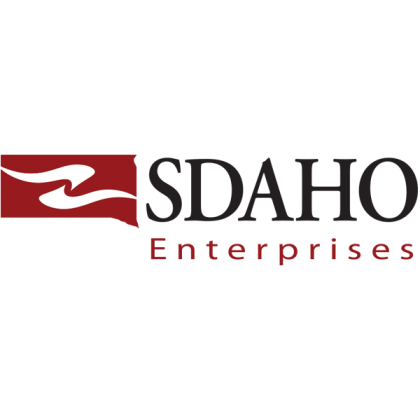Temporary physicians fill an important role in ensuring your patients continue to get quality care when you’re short staffed. But billing for these temporary (or locum tenens) services can be confusing. As a result, money is often left on the table by facilities that don’t know how to bill for these services correctly.
Know the difference between replacement and supplemental services
The first step is to determine whether you need replacement or supplemental physician services. Replacement services are used when your regular physician is unavailable to provide services, typically for 60 days or less. Supplemental services are used when you’re growing your practice and need a physician in addition to your current staff.
Due to Medicare restrictions, if you need a replacement provider for more than 60 days, you will typically follow the same procedure as when supplemental services are needed. Once you have determined your exact need, follow the recommended guidelines for the type of services needed.
Billing for supplemental physician services
Enroll your temporary physicians using the standard Medicaid and private payer process required by your state and insurance carrier. It’s important to note that billing for Medicaid and private payers varies from state to state and carrier to carrier, so be sure you check with individual vendors if you have questions.
Section 30.2.7 of the Medicare Claims Processing Manual covers billing for supplemental physician services. It allows a carrier to make payments to your group for services performed by a supplemental physician with a contractual agreement to see your patients. However, the entity receiving payment and the physician are jointly responsible for any Medicare overpayment.
Additionally, the physician has unrestricted access to claims submitted by an entity for services he or she provided. When using services performed under a contractual arrangement, the supplemental provider will complete the necessary applications to bill for services with each of your private carriers and the Medicaid program for your state.
You also need to have your locum tenens physician complete a Medicaid and private career application and Medicare form 855R.
Billing for replacement physician services
If your locum tenens physician will work more than 60 days, you should begin the standard enrollment process early. However, you can bill Medicare with code modifier Q6 on the CMS 1500 section 24D for up to 60 days and should do so for doctors who work less than 60 days.
There is a chance Medicaid and private payers may still require standard enrollment, so check your state and insurance carrier guidelines to be sure.
Section 30.2.11 of the Medicare Claims Processing Manual covers billing for locum tenens services. It allows a practice to bill for temporary physician services during a regular physician’s absence. The regular physician must arrange coverage for no longer than 60 continuous days and then enter HCPCS code modifier Q6 after the procedure code during the billing process.
As with section 30.2.7, the entity receiving payment and the physician that provided the service are jointly responsible for any Medicaid overpayment, and the physician has unrestricted access to claims for his services.
Check out the infographic for a visual look at billing for both supplemental and replacement physician services.
About CHG Healthcare

Founded in 1979, CHG Healthcare is a leader in healthcare staffing and the nation’s largest provider of locum tenens services. Through its trusted brands — CompHealth, Weatherby Healthcare, Global Medical Staffing, RNnetwork, and Foundation Medical Staffing — the company provides temporary and permanent placement of physicians, nurses, and allied health professionals in healthcare facilities across the country. CHG prides itself on having a values-driven culture that focuses on Putting People First and has been named one of Fortune magazine’s “100 Best Companies to Work For” each of the past ten years.
About SDAHO Enterprises
SDAHO Enterprise was developed to pursue valued services and increase non-dues revenue. Overall goals and objectives of providing revenue to supplement SDAHO strategies and providing support and benefit to members.




